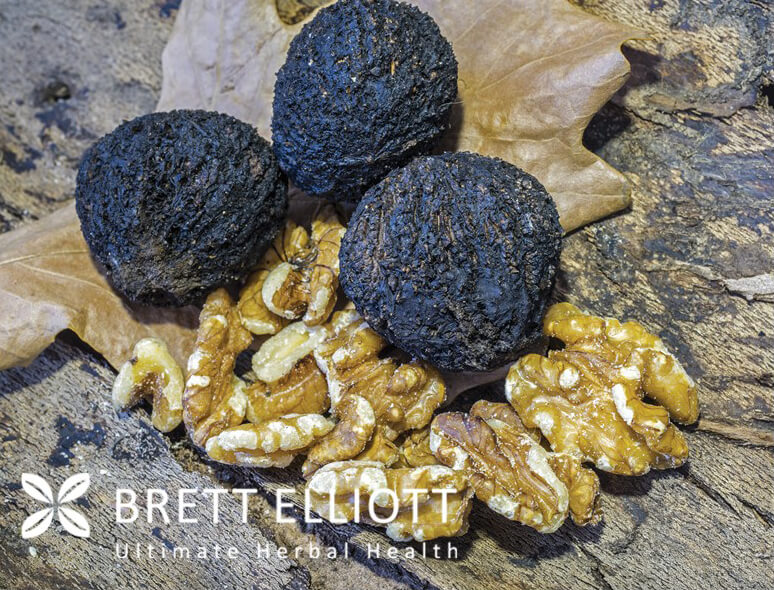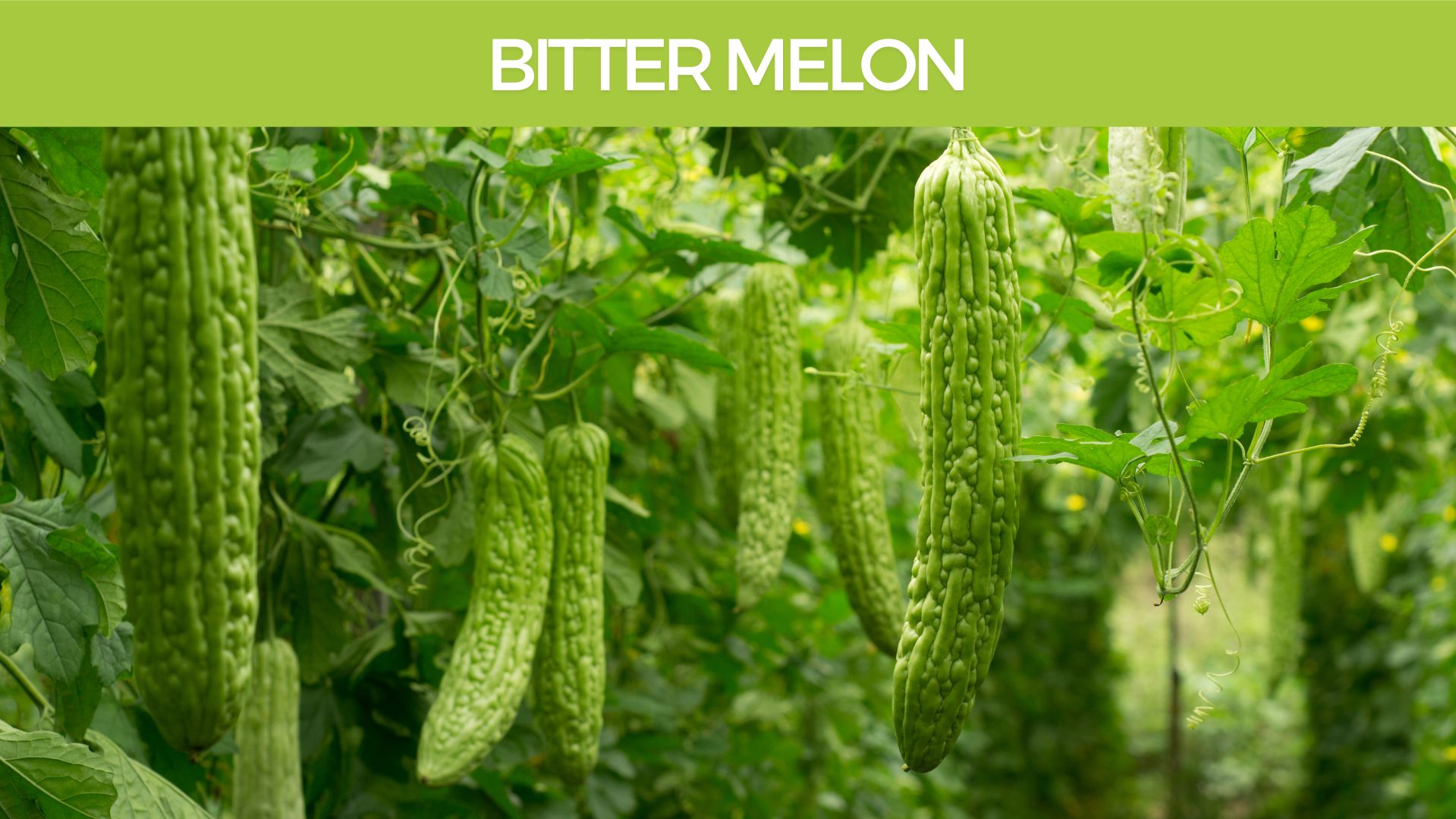- 1 year ago
- 3Minutes
- 585Words
- 2341Views
One of the greatest benefits of completing a Herbal DETOX program is the reduction in parasitic infestations, the balancing of intestinal bacteria, and general digestive health. Here we will investigate one of the key antiparasitic ingredients Black Walnut.
(1) PubMed http://ntp.niehs.nih.gov/ntp/htdocs/chem_background/exsumpdf/juglone_508.pdf
(2) Black Wlnut Hulls monograph http://www.altcancer.net/phyto/black_walnut.htm
(3) Summary of Chemical Data http://hrcak.srce.hr/file/56742
(4) Black Walnut WebMD http://www.webmd.com/vitamins-supplements/ingredientmono-639-black%20walnut.aspx?activeingredientid=639&activeingredientname=black%20walnut
(5) Gale Encyclopedia of Alternative Medicine | 2005 | Helwig, David http://www.encyclopedia.com/topic/Black_walnut.aspx
(6) Moerman. D. Native American Ethnobotany. Very comprehensive but terse guide to the native uses of plants. Excellent bibliography, fully referenced to each plant, giving a pathway to further information. Not for the casual reader. http://www.amazon.com/Native-American-Ethnobotany-Daniel-Moerman/dp/0881924539
(7) Felter, H., Lloyd, JU., King’s American Dispensatory. 18th Edition ed. Vol. Volume 1. 1983, Portland: Eclectic Medical Publications.
(8) Fetterer, R., Fleming, MW., Comp Biochem Physiol C, 1991. 100(3): p. 539-342. Effects of plumbagin on development of the parasitic nematodes Haemonchus contortus and Ascaris suum PubMed http://www.ncbi.nlm.nih.gov/pubmed/?term=1687553
(9) Antifungal activity in Juglans nigra green husks. https://www.researchgate.net/publication/247475075_Antifungal_activity_in_Juglans_nigra_green_husks
History of Black Walnut
Black walnut (Juglans nigra) was introduced in Europe in 1629. It has gradually been acclimatized in many countries: Great Britain, France, Belgium, Germany, Switzerland, Italy, Poland, Czech Republic, Slovakia, Austria, Slovenia, Croatia, Serbia, Hungary, Romania, Moldova, Ukraine, and Russia. The black walnut was first introduced in Botanical Gardens and parks. (3)
While there are those who say that Black Walnut hulls can effectively reduce the risks of heart attacks, it is more widely known for its anti-parasitic qualities. It is said to have effectively killed more than 100 known parasites. It has been proven to be a strong natural remedy for the treatment of acne, thyroid disease, colitis, eczema, hemorrhoids, ringworm, sore throats, tonsillitis, skin irritations, and wounds. (2)
Black walnut has been traditionally used to expel worms from the intestinal system. (7)

Active Constituents
The main active ingredients are tannins such as galloyglucose and ellagitannins, and juglone (5-hydroxy-alphanapthaquinone). Walnut shells are very rich in vitamin C , and betacarotene, B1,B2, and B6 are found in the leaves. (5)
Juglone is a napthoquinone pigment that occurs as a natural product in the roots, leaves, nut-hulls, bark, and wood of black walnut (Junglans nigra) (1) Juglone is a powerful and toxic substance that prevents many plants from growing within the tree’s root zone, extending as much as 80 ft (24 m) from a mature black walnut trunk. (5)
Traditionally in herbal medicine, the green hulls of black walnut are dried and powdered for use internally.
Therapeutic uses and Scientific Evidence
Black walnut is used to treat parasitic worm infections and certain other infections including diphtheria and syphilis. It is also used for leukemia. Some people use black walnut as a gargle, apply it to the scalp as hair dye, or put it on the skin to treat wounds. (4) It is used to expel tapeworms and other internal and external parasites. The American Medical Ethnobotany Reference Dictionary claims that the juice from the black walnut hull is effective against ringworm. (6)
In vitro studies have suggested that plumbagin, an active constituent, may inhibit the motility and hatching of specific worm larvae. (8)
Black Walnut & Candida
Black walnut extract can be effective against Candida yeast infections.
The primary active component in black walnut, known as juglone, exhibits antifungal properties that can be as effective as some commercial antifungal treatments.
Results of one study showed that the extract was particularly effective in inhibiting and killing fungi, and Black walnut could be a treatment option for certain fungal infections, including tough strains of Candida. (9)
It’s also noted for its ability to reduce biofilm formation.
It is the combination of Black Walnut Hulls, Wormwood, Clove, and Golden seal taken together in large doses during the Ultimate Herbal DETOX which makes it such an effective parasite treatment.
Read more about treating parasites here
Buy the Ultimate Herbal DETOX here
Brett Elliott ®





